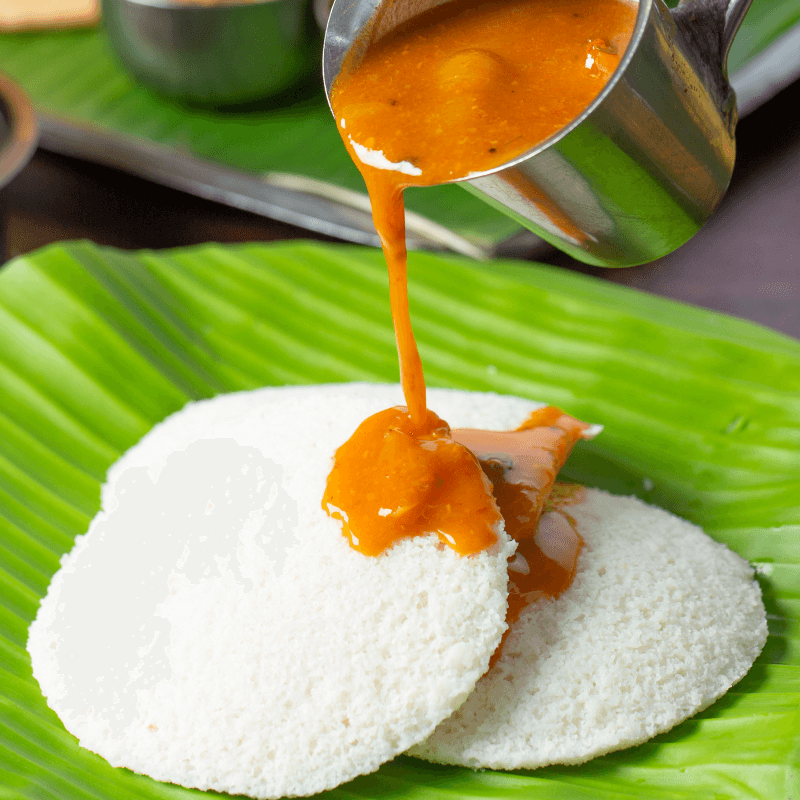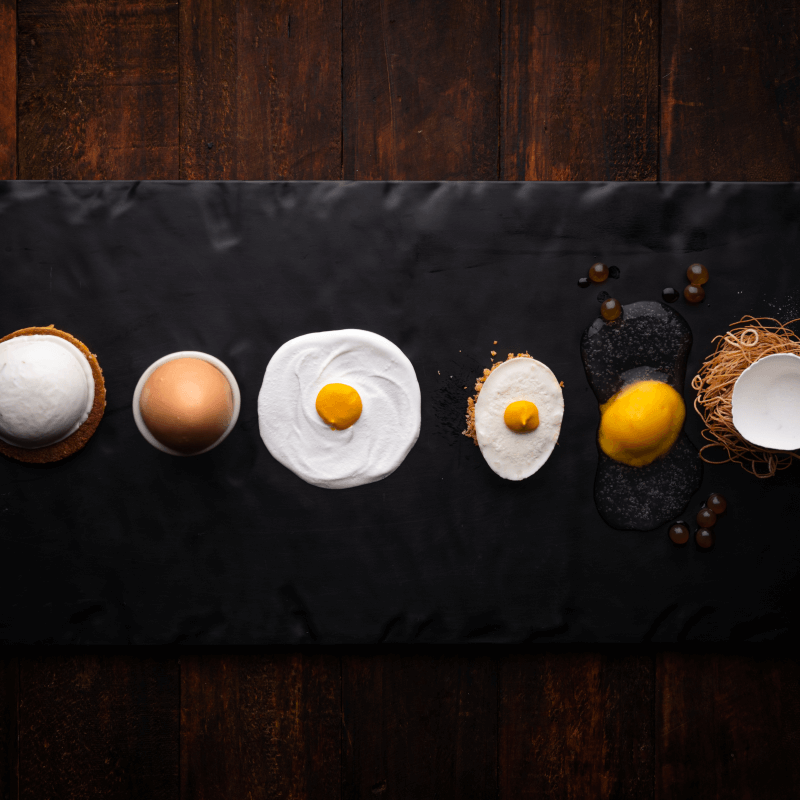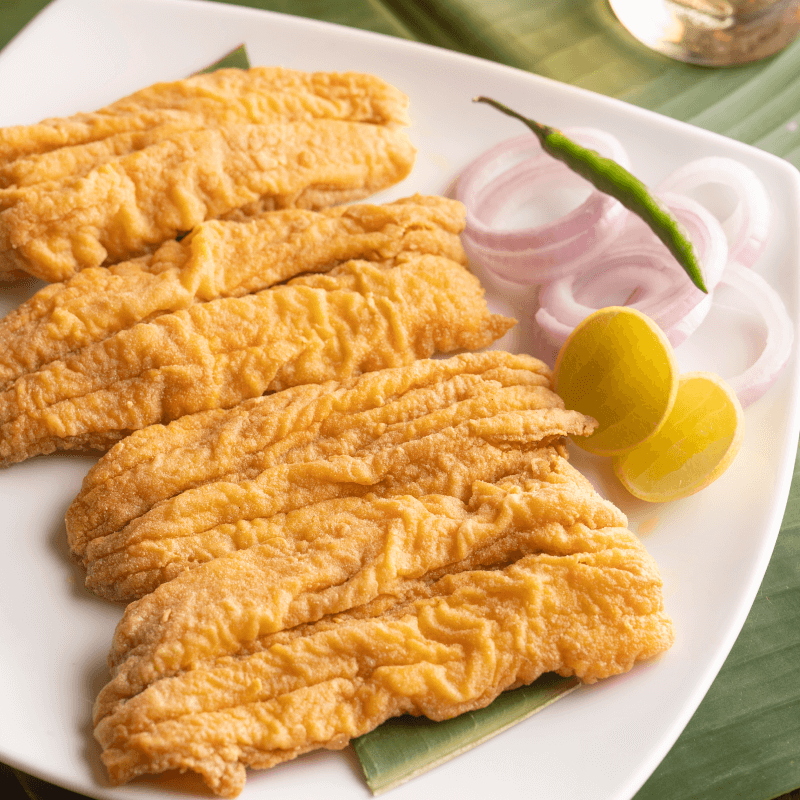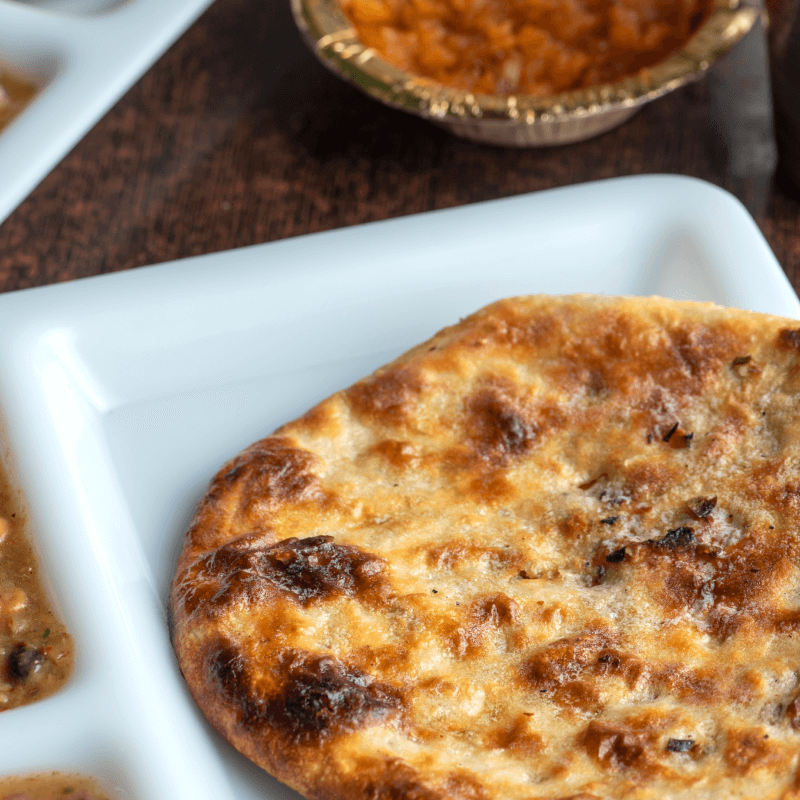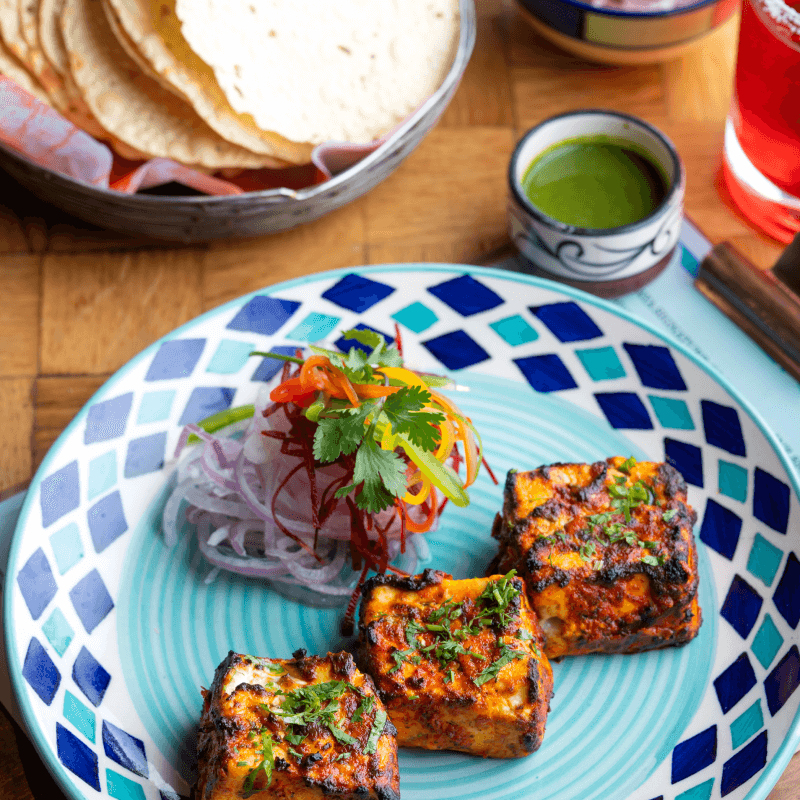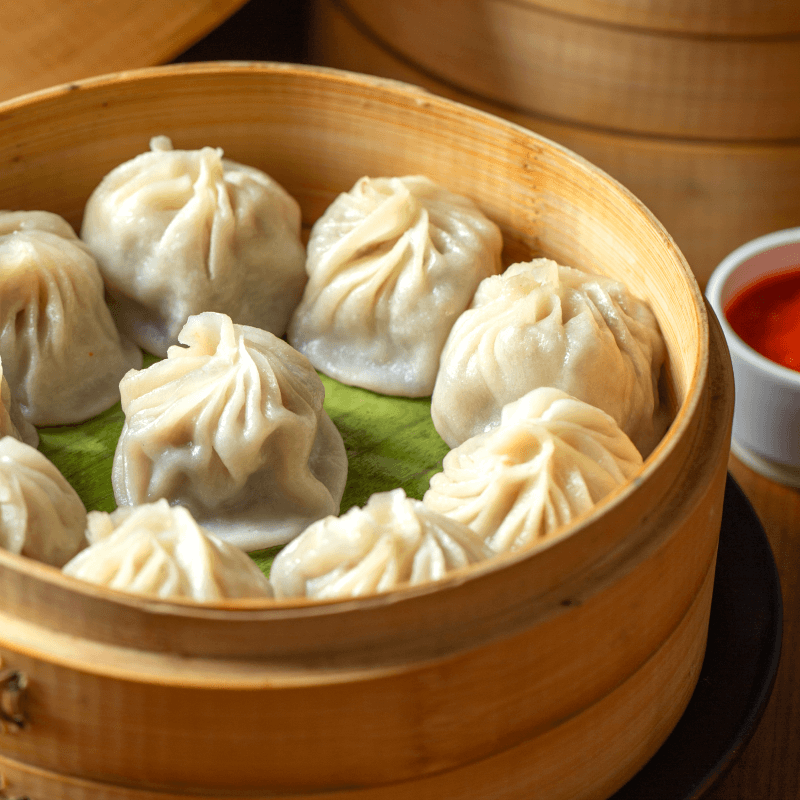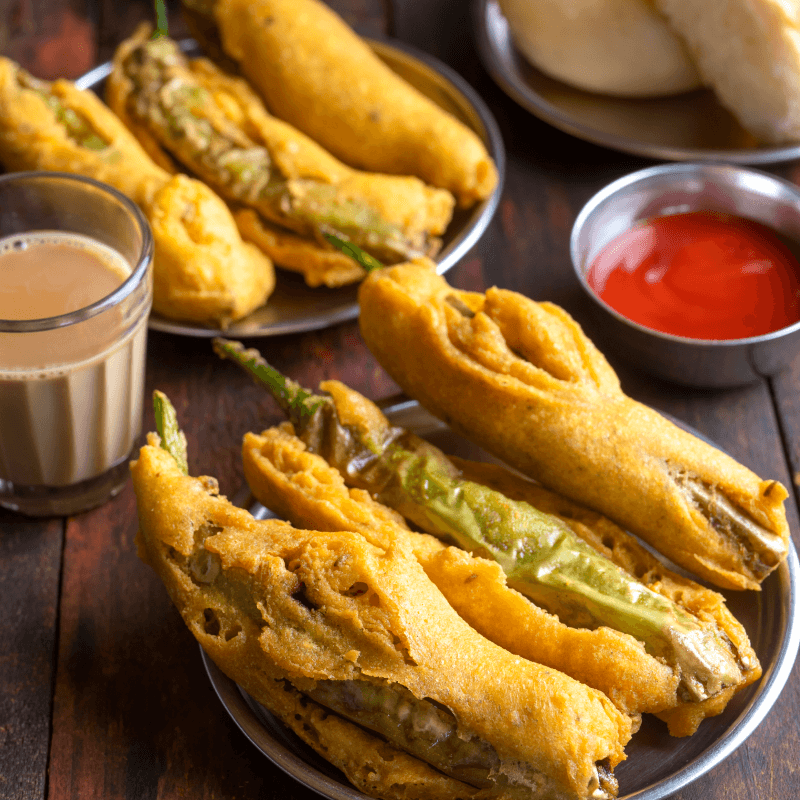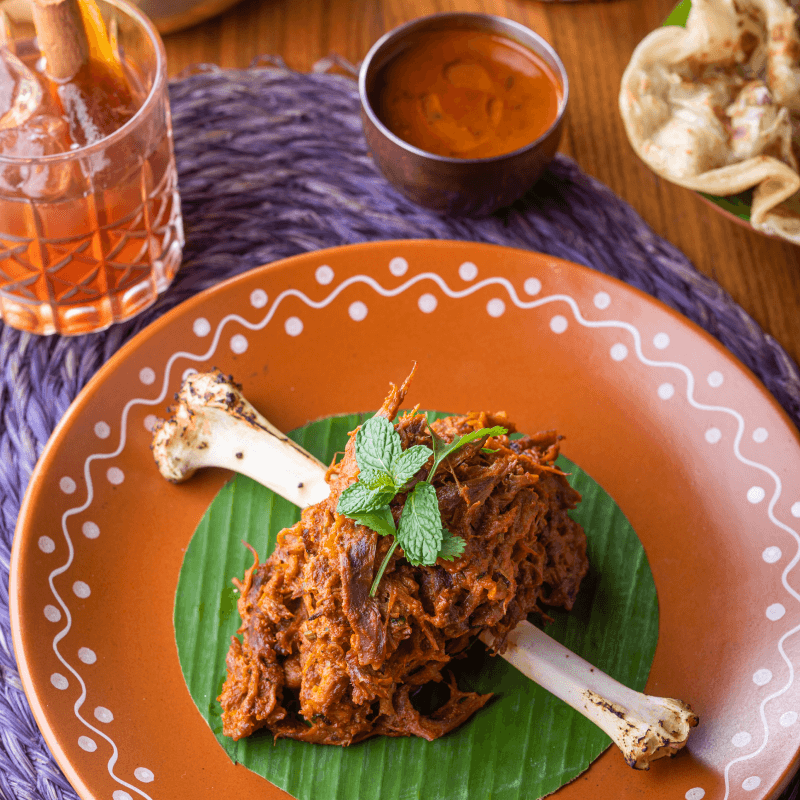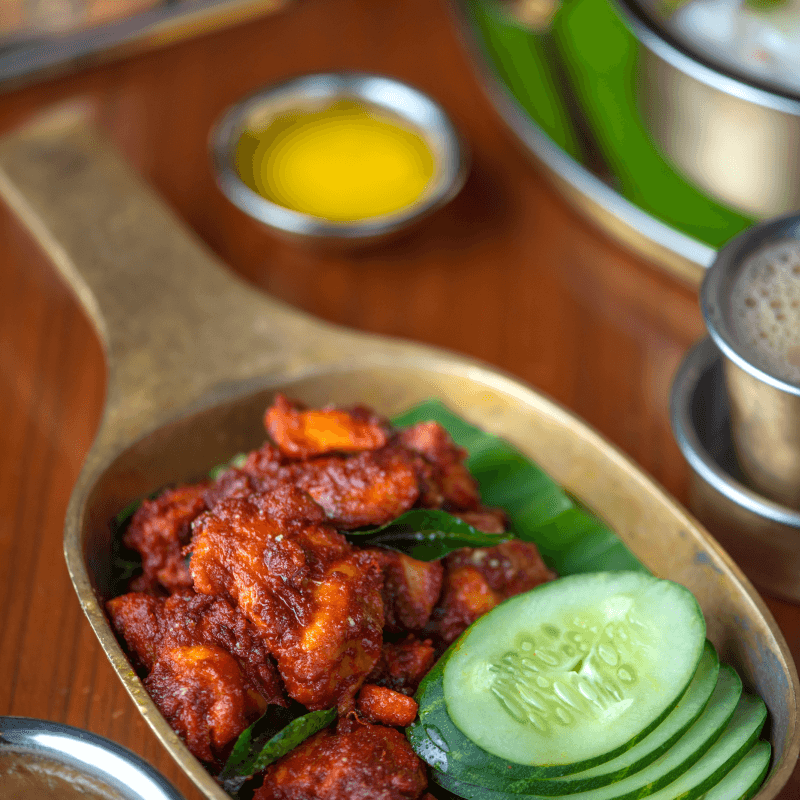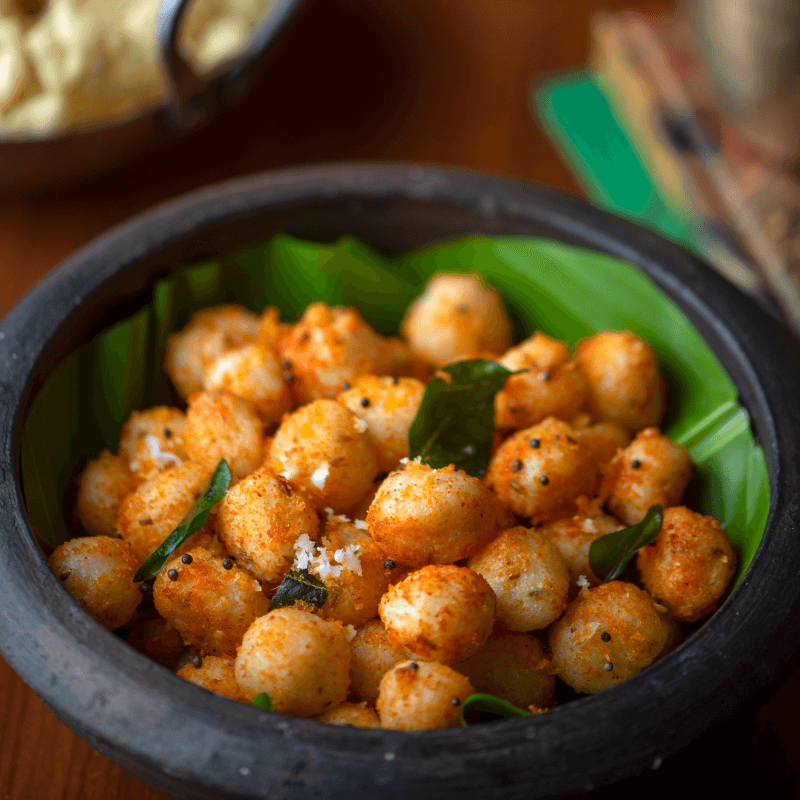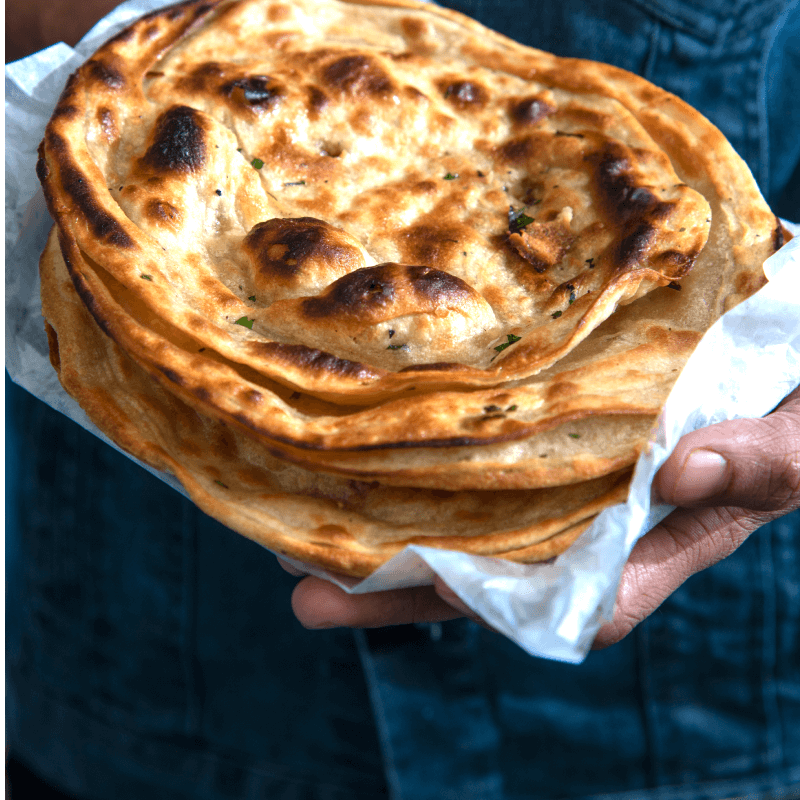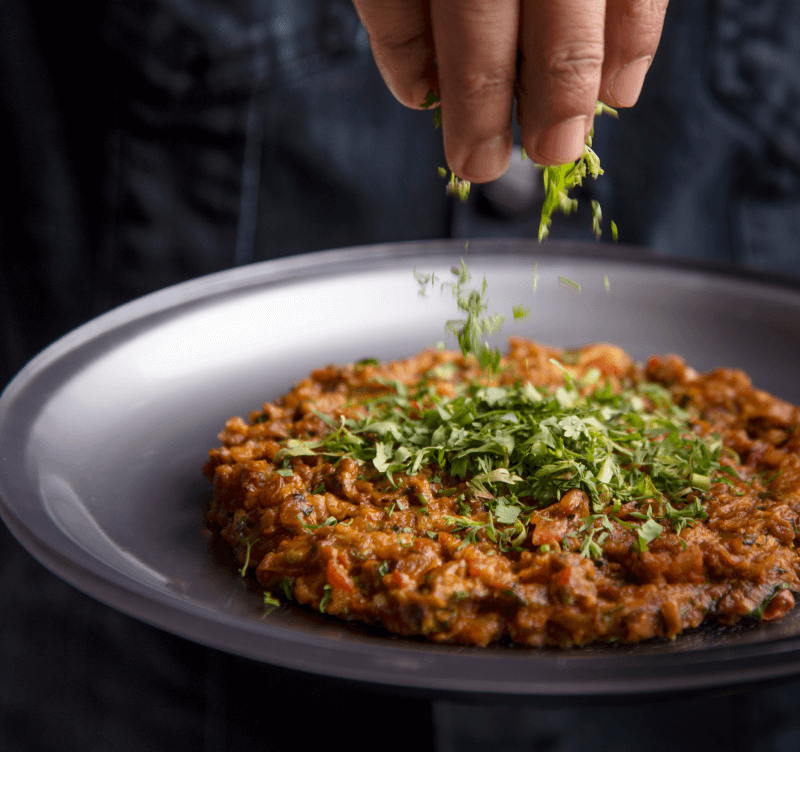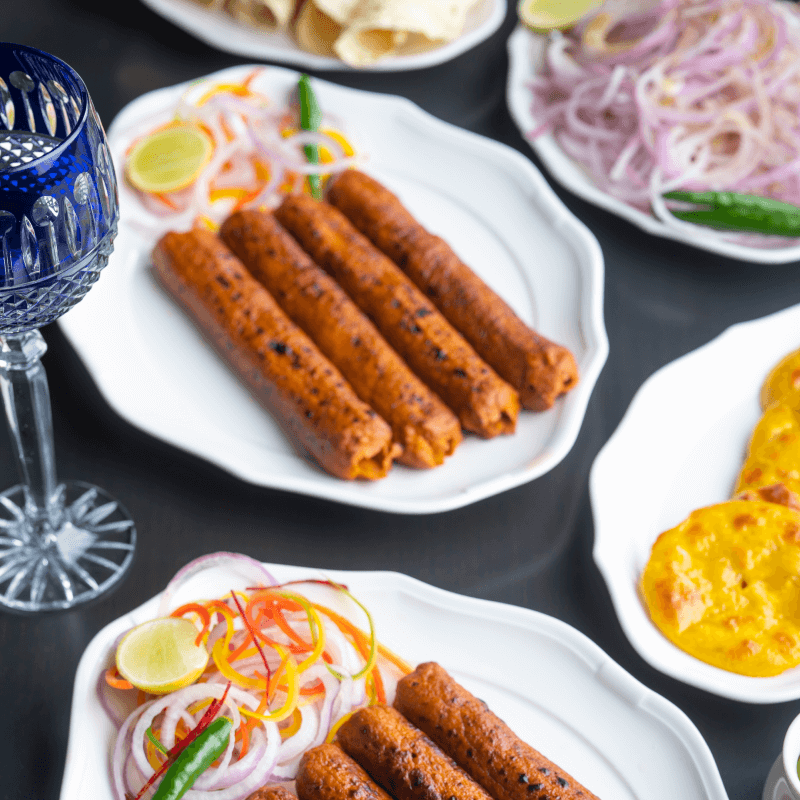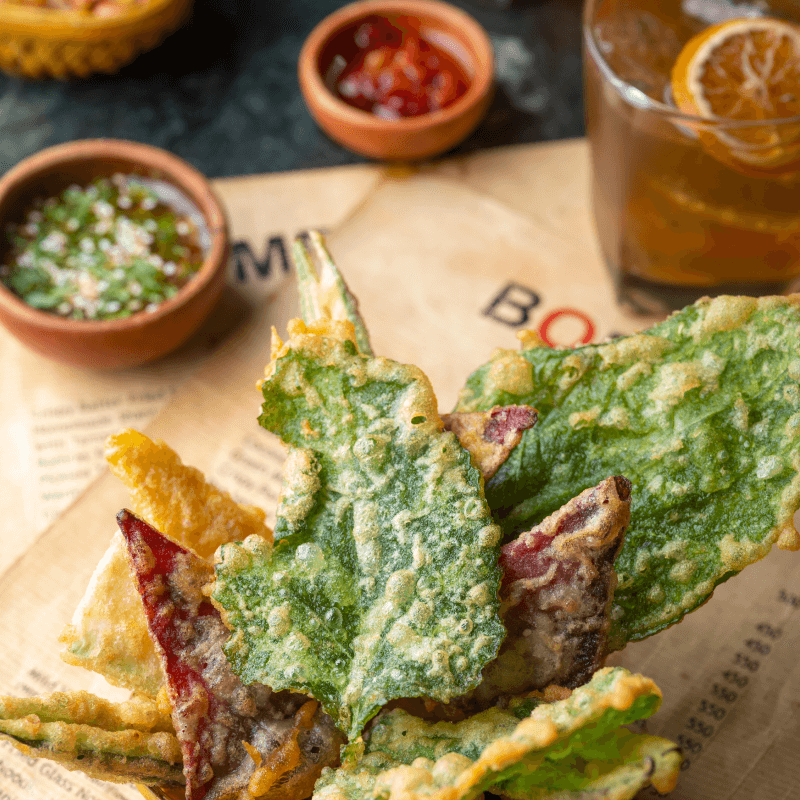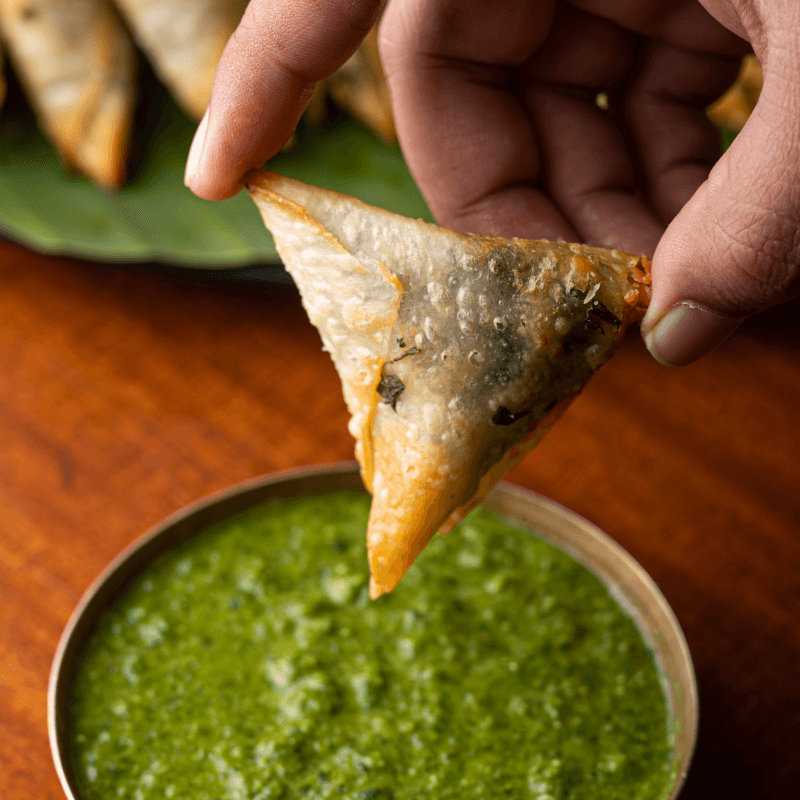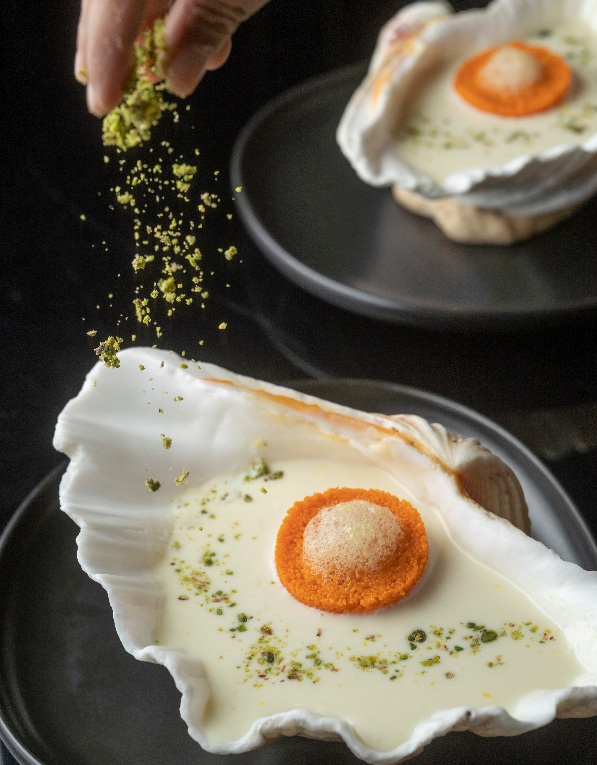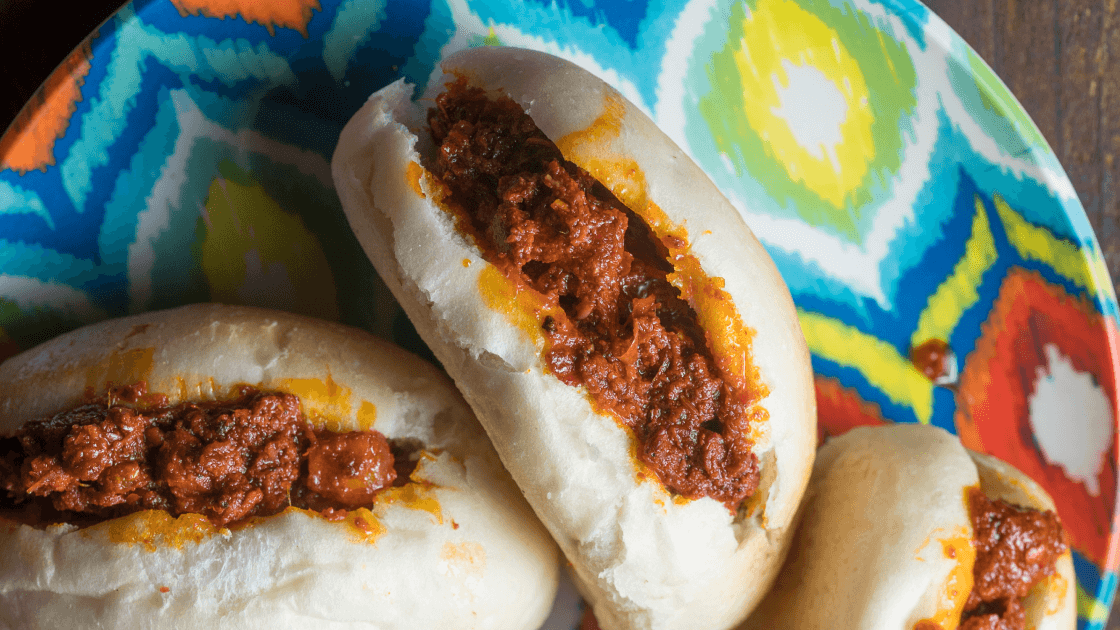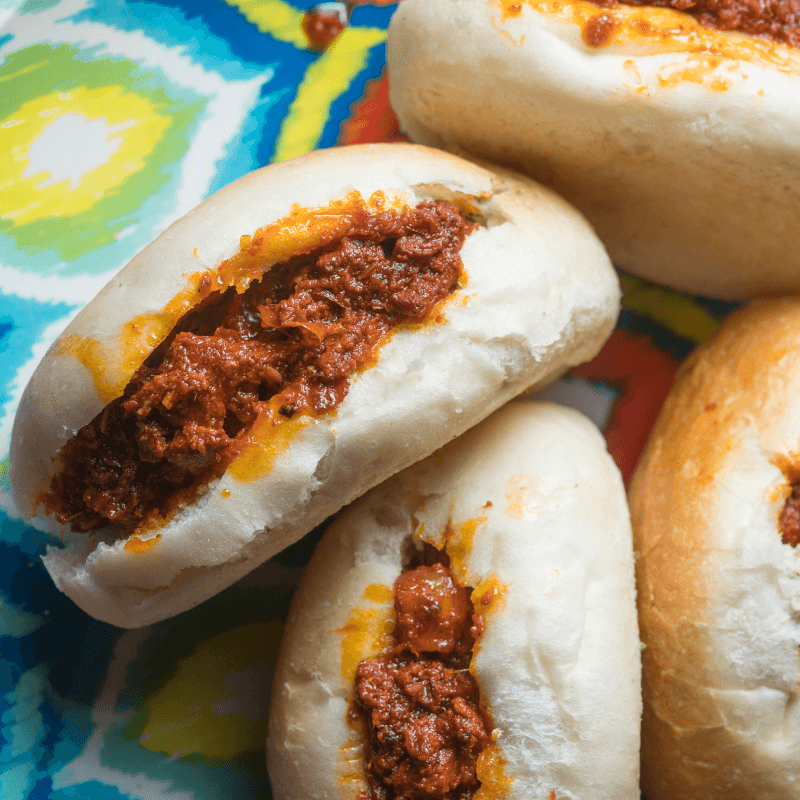The chorise pao may be the greatest expression of Goan Catholic cuisine because it merges the flavours of Goa with the methods of Portugal. The Portuguese brought bread to India. The name pao comes from the Portuguese word for bread. The Portuguese could not find yeast here so they used Goan toddy to ferment the bread. From Goa, the pao spread to the rest of India.
Anyone who has been to Goa, and those who haven’t as well, will be familiar with ‘Goan’ sausage, often described across menus as chorise (pronounced cho-reez). The Portuguese liked chorizos, vinegary pimento-flavoured sausages, and brought the recipe to Goa. The recipe was adapted by Goans who added local masalas and their own toddy vinegar to create their version called chorise. Chorise collapses into a delicious oily mess when you cook it. Most Goan chefs are proud of their sausages and treat its making as an integral part of Goan tradition. One such example is Caitan Tavares, who runs the popular Valanka Fast Food in Benaulim, Goa. Tavares has been making Goan sausages for 25 years.
A new batch of his famous chorise-pao is made available at 5:30 pm every day and often sells out within minutes.
It’s not a hot dog. It’s not keema pao.
It’s even better.
Related Articles
